Digital Entrepreneurship: A Theory-Based Systematization of Core Performance Indicators
Abstract
1. Introduction
2. Materials and Methods
3. Indicator Analysis
3.1. Underlying Basis: Relevant Learning from the Systematic Literature Review
3.2. Systematization of Core Performance Indicators
4. Results
4.1. Digital Evolution Index
4.2. Digital Trust
4.3. The International Digital Economy and Society Index
4.4. The Network Readiness Index
4.5. Ease of Doing Digital Business
4.6. The European Index of Digital Entrepreneurship Systems
5. Discussion
5.1. Systematization of Core Performance Indicators—Systems Understanding of Digital Entrepreneurship
5.2. Correlates between the Three Dimensions of Digital Entrepreneurship
5.2.1. Data and Method
5.2.2. Correlation Analysis
5.3. Digital Entrepreneurship and Its Resilience and Sustainability Implications
6. Conclusions
Author Contributions
Funding
Conflicts of Interest
Appendix A
| Countries | A_DT | B_DT | S_NRI | IU_NRI | BU_NRI | HC_I-DESI | BTI_I-DESI | DEI | I_NRI | EC_EDDB | DM_EDDB | SE_EDDB | OF_EDDB |
|---|---|---|---|---|---|---|---|---|---|---|---|---|---|
| China | 3.04 | 3.62 | 5.4 | 3.9 | 3.9 | 0.41 | 0.41 | 2.49 | 3.3 | 2.04 | 2.24 | 2.51 | 2.06 |
| Estonia | 2.57 | 2.45 | 5.9 | 6.3 | 4.4 | 0.66 | 0.53 | 3.24 | 6.5 | 3.1 | 2.93 | 3.29 | 3.21 |
| Finland | 2.57 | 2.53 | 6.5 | 6.6 | 5.8 | 0.73 | 0.67 | 3.72 | 7 | 3.4 | 2.86 | 3.58 | 3.15 |
| France | 2.41 | 1.49 | 5.9 | 6 | 5 | 0.62 | 0.53 | 3.25 | 6.3 | 3.17 | 2.99 | 2.82 | 2.82 |
| Germany | 2.73 | 1.93 | 6.1 | 6.2 | 5.8 | 0.62 | 0.59 | 3.36 | 6.6 | 3.35 | 3.03 | 2.83 | 2.87 |
| Ireland | 2.27 | 2.96 | 6.1 | 5.9 | 4.9 | 0.77 | 0.51 | 3.41 | 6 | 3.21 | 2.77 | 3.14 | 3.09 |
| Netherlands | 2.75 | 2.12 | 6.2 | 6.6 | 5.8 | 0.69 | 0.75 | 3.55 | 6.4 | 3.63 | 3.06 | 3.7 | 3.35 |
| Spain | 2.21 | 2.87 | 5.3 | 5.6 | 3.9 | 0.62 | 0.55 | 2.95 | 5.4 | 3.17 | 2.85 | 2.88 | 2.9 |
| Sweden | 3.34 | 2.52 | 5.8 | 6.7 | 6 | 0.69 | 0.65 | 3.79 | 7 | 3.44 | 2.89 | 3.24 | 3.17 |
| UK | 2.29 | 2.4 | 5.8 | 6.6 | 5.2 | 0.65 | 0.68 | 3.67 | 6.3 | 3.66 | 3.46 | 3.72 | 3.56 |
| Australia | 2.9 | 1.85 | 6 | 6.3 | 4.8 | 0.81 | 0.57 | 3.55 | 7 | 3.35 | 3.06 | 3.33 | 3.35 |
| Canada | 2.66 | 1.76 | 6.1 | 5.7 | 4.9 | 0.67 | 0.65 | 3.55 | 7 | 3.28 | 3.13 | 3.11 | 3.25 |
| Japan | 2.25 | 2.16 | 6.1 | 6.4 | 5.9 | 0.7 | 0.53 | 3.52 | 6.6 | 3.57 | 3.28 | 2.56 | 3.01 |
| Norway | 2.41 | 2.8 | 6 | 6.7 | 5.5 | 0.69 | 0.66 | 3.79 | 7 | 3.48 | 3.04 | 3.53 | 3.3 |
| New Zealand | 2.51 | 2.66 | 6.2 | 6.1 | 5 | 0.79 | 0.56 | 3.54 | 6.8 | 3.32 | 2.97 | 3.05 | 3.3 |
| South Korea | 2.4 | 1.73 | 5.6 | 6.5 | 5.4 | 0.76 | 0.64 | 3.68 | 7 | 3.05 | 2.75 | 2.51 | 2.84 |
| Switzerland | 2.65 | 2.38 | 6.4 | 6.6 | 6.1 | 0.65 | 0.8 | 3.74 | 6.8 | 3.4 | 3.08 | 3.14 | 3.08 |
| USA | 2.45 | 1.96 | 5.8 | 6.2 | 5.9 | 0.56 | 0.62 | 3.61 | 7 | 3.62 | 3.62 | 3.79 | 3.4 |
| Russia | 2.58 | 2.24 | 5.4 | 5.3 | 3.6 | 0.64 | 0.3 | 2.44 | 4.7 | 1.7 | 2.05 | 2.22 | 2.22 |
References
- Castells, M. The Rise of the Network Society, 2nd ed.; Wiley-Blackwell: Chichester, UK; Malden, MA, USA, 2010. [Google Scholar]
- Van Dijk, J. The Network Society: Social Aspects of New Media, 2nd ed.; Sage Publications: Thousand Oaks, CA, USA, 2006. [Google Scholar]
- Elia, G.; Margherita, A.; Passiante, G. Digital entrepreneurship ecosystem: How digital technologies and collective intelligence are reshaping the entrepreneurial process. Technol. Forecast. Soc. Chang. 2020, 150, 119791. [Google Scholar] [CrossRef]
- Li, W.; Du, W.; Yin, J. Digital entrepreneurship ecosystem as a new form of organizing: The case of Zhongguancun. Front. Bus. Res. China 2017, 11. [Google Scholar] [CrossRef]
- Martín-Peña, M.L.; Garrido, E.D.; Sánchez-López, J.M. The digitalization and servitization of manufacturing: A review on digital business models. Strateg. Chang. 2018, 27, 91–99. [Google Scholar] [CrossRef]
- Nambisan, S.; Lyytinen, K.; Majchrzak, A.; Song, M. Digital Innovation Management: Reinventing Innovation Management Research in a Digital World. MIS Q. 2017, 41, 223–238. [Google Scholar] [CrossRef]
- Yu, C.; Zhang, Z.; Liu, Y. Understanding new ventures’ business model design in the digital era: An empirical study in China. Comput. Hum. Behav. 2019, 95, 238–251. [Google Scholar] [CrossRef]
- Dong, J.Q. Moving a mountain with a teaspoon: Toward a theory of digital entrepreneurship in the regulatory environment. Technol. Forecast. Soc. Chang. 2019, 146, 923–930. [Google Scholar] [CrossRef]
- Geissinger, A.; Laurell, C.; Sandström, C.; Eriksson, K.; Nykvist, R. Digital entrepreneurship and field conditions for institutional change– Investigating the enabling role of cities. Technol. Forecast. Soc. Chang. 2019, 146, 877–886. [Google Scholar] [CrossRef]
- Tilson, D.; Lyytinen, K.; Sørensen, C. Research Commentary—Digital Infrastructures: The Missing IS Research Agenda. Inf. Syst. Res. 2010, 21, 748–759. [Google Scholar] [CrossRef]
- Stolterman, E.; Fors, A.C. Information Technology and the Good Life. In Information Systems Research; Kaplan, B., Truex, D.P., Wastell, D., Wood-Harper, A.T., DeGross, J.I., Eds.; Kluwer Academic Publishers: Boston, MA, USA, 2004; Volume 143, pp. 687–692. [Google Scholar]
- Ardolino, M.; Rapaccini, M.; Saccani, N.; Gaiardelli, P.; Crespi, G.; Ruggeri, C. The role of digital technologies for the service transformation of industrial companies. Int. J. Prod. Res. 2018, 56, 2116–2132. [Google Scholar] [CrossRef]
- Hinings, B.; Gegenhuber, T.; Greenwood, R. Digital innovation and transformation: An institutional perspective. Inf. Organ. 2018, 28, 52–61. [Google Scholar] [CrossRef]
- Steiner, G. Unlock Hidden Innovation Potentials: Uncertainty, Risk, & Opportunity Costs. In Proceedings of the IFA: Production and International Trade Conference, Paris, France, 22–24 February 2017. [Google Scholar]
- Steiner, G. From probabilistic functionalism to a mental simulation of innovation: By collaboration from vulnerabilities to resilient societal systems. Environ. Syst. Decis. 2018, 38, 92–98. [Google Scholar] [CrossRef]
- Satalkina, L.; Steiner, G. Digital Entrepreneurship and its Role in Innovation Systems: A Systematic Literature Review as a Basis for Future Research Avenues for Sustainable Transitions. Sustainability 2020, 12, 2764. [Google Scholar] [CrossRef]
- Chakravorti, B.; Bhalla, A.; Chaturvedi, R.S. Digital Planet 2017. How Competitiveness and Trust in Digital Economies Vary Across the World; The Fletcher School, Tufts University: Medford, MA, USA, 2017. [Google Scholar]
- Foley, P.; Sutton, D.; Wiseman, I.; Green, L.; Moore, J. International Digital Economy and Society Index 2018; Publications Office of the European Union: Brussels, Belgium, 2018.
- Baller, S.; Dutta, S.; Lanvin, B. The Global Information Technology Report 2016: Innovating in the Digital Economy. 2016. Available online: http://www.deslibris.ca/ID/10090686 (accessed on 12 December 2019).
- Chakravorti, B.; Fillpovic, C.; Chaturvedi, R.S. Ease of Doing Digital Business 2019. Which Countries Help Expedite Entry, Growth, and Exit of Technology-Based Businesses? The Fletcher School, Tufts University: Medford, MA, USA, 2019; Available online: https://sites.tufts.edu/digitalplanet/research/ease-of-doing-digital-business/ (accessed on 15 January 2020).
- Autio, E.; Szerb, L.; Komlósi, É.; Tiszberger, M. The European Index of Digital Entrepreneurship Systems (EUR 29309 EN); Publications Office of the European Union: Luxembourg, 2018. [Google Scholar]
- Bouwman, H.; Nikou, S.; Molina-Castillo, F.-J.; De Reuver, M. The impact of digitalization on business models. Digit. Policy, Regul. Gov. 2018, 20, 105–124. [Google Scholar] [CrossRef]
- Du, W.D.; Pan, S.L.; Zhou, N.; Ouyang, T. From a marketplace of electronics to a digital entrepreneurial ecosystem (DEE): The emergence of a meta-organization in Zhongguancun, China. Inf. Syst. J. 2018, 28, 1158–1175. [Google Scholar] [CrossRef]
- Gupta, G.; Bose, I. Strategic learning for digital market pioneering: Examining the transformation of Wishberry’s crowdfunding model. Technol. Forecast. Soc. Chang. 2018. [Google Scholar] [CrossRef]
- Heavin, C.; Power, D.J. Challenges for digital transformation–towards a conceptual decision support guide for managers. J. Decis. Syst. 2018, 27, 38–45. [Google Scholar] [CrossRef]
- Hull, C.E.; Hair, N.; Perotti, V.; Hung, Y.-T.C.; DeMartino, R. Taking advantage of digital opportunities: A typology of digital entrepreneurship. Int. J. Netw. Virtual Organ. 2007, 4, 290. [Google Scholar] [CrossRef]
- Jabłoński, M. Value Migration to the Sustainable Business Models of Digital Economy Companies on the Capital Market. Sustainability 2018, 10, 3113. [Google Scholar] [CrossRef]
- Kraus, S.; Palmer, C.; Kailer, N.; Kallinger, F.L.; Spitzer, J. Digital entrepreneurship. Int. J. Entrep. Behav. Res. 2018, 25, 353–375. [Google Scholar] [CrossRef]
- Nambisan, S. Digital Entrepreneurship: Toward a Digital Technology Perspective of Entrepreneurship. Entrep. Theory Pr. 2017, 41, 1029–1055. [Google Scholar] [CrossRef]
- Pagani, M. Digital Business Strategy and Value Creation: Framing the Dynamic Cycle of Control Points. MIS Q. 2013, 37, 617–632. [Google Scholar] [CrossRef]
- Standing, C.; Mattsson, J. “Fake it until you make it”: Business model conceptualization in digital entrepreneurship. J. Strat. Mark. 2018, 26, 385–399. [Google Scholar] [CrossRef]
- Sussan, F.; Acs, Z.J. The digital entrepreneurial ecosystem. Small Bus. Econ. 2017, 49, 55–73. [Google Scholar] [CrossRef]
- Richter, C.; Kraus, S.; Brem, A.; Durst, S.; Giselbrecht, C. Digital entrepreneurship: Innovative business models for the sharing economy. Creativity Innov. Manag. 2017, 26, 300–310. [Google Scholar] [CrossRef]
- Rebernik, M.; Bradač Hojnik, B.; Crnogaj, K.; Knez-Riedl, J.; Krošlin, T.; Močnik, D.; Tominc, P. Building an Entrepreneurial Society 25 Years of Entrepreneurship at FEB UM; University of Maribor Press: Maribor, Slovenia, 2018. [Google Scholar]
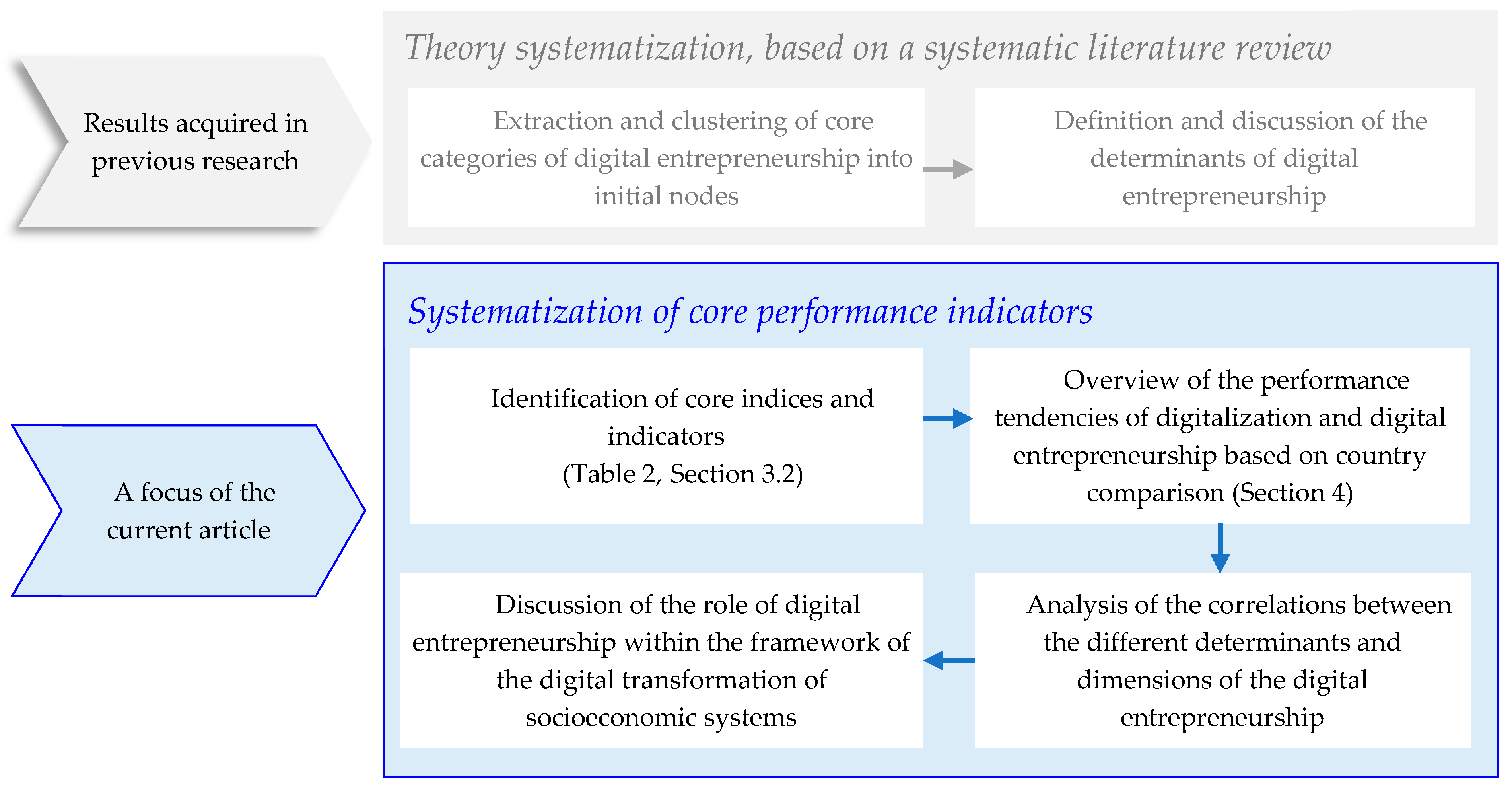
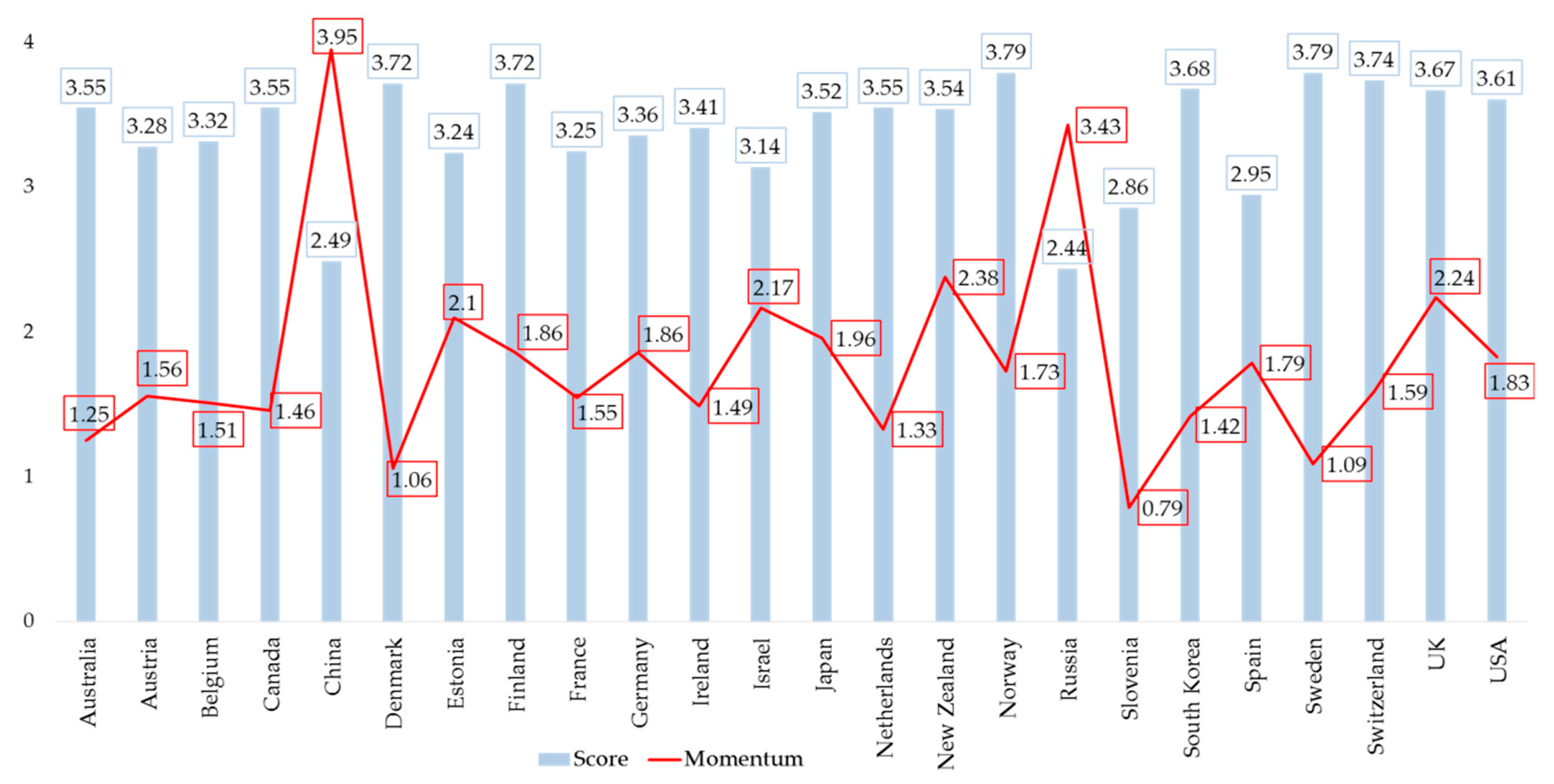
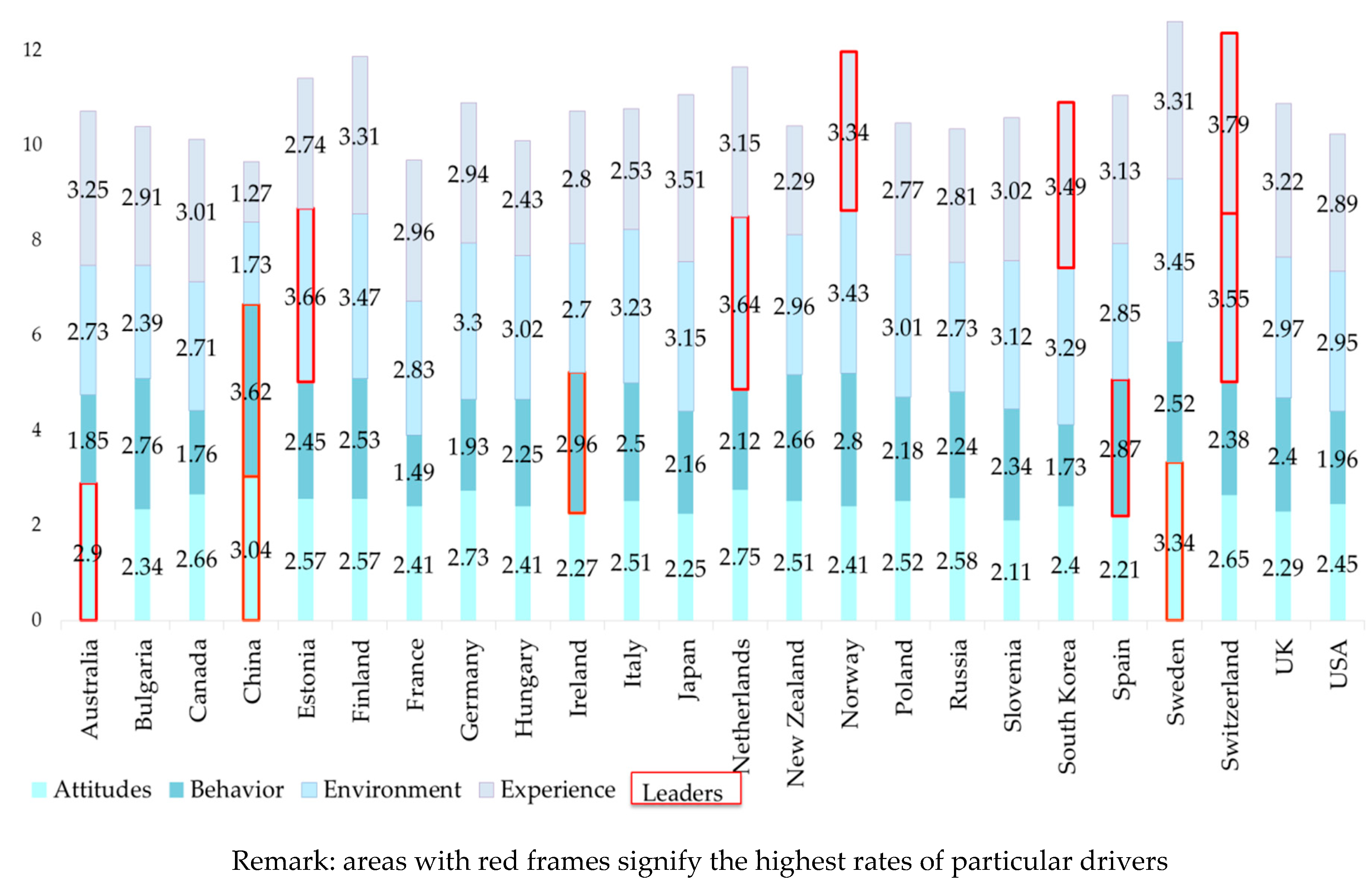
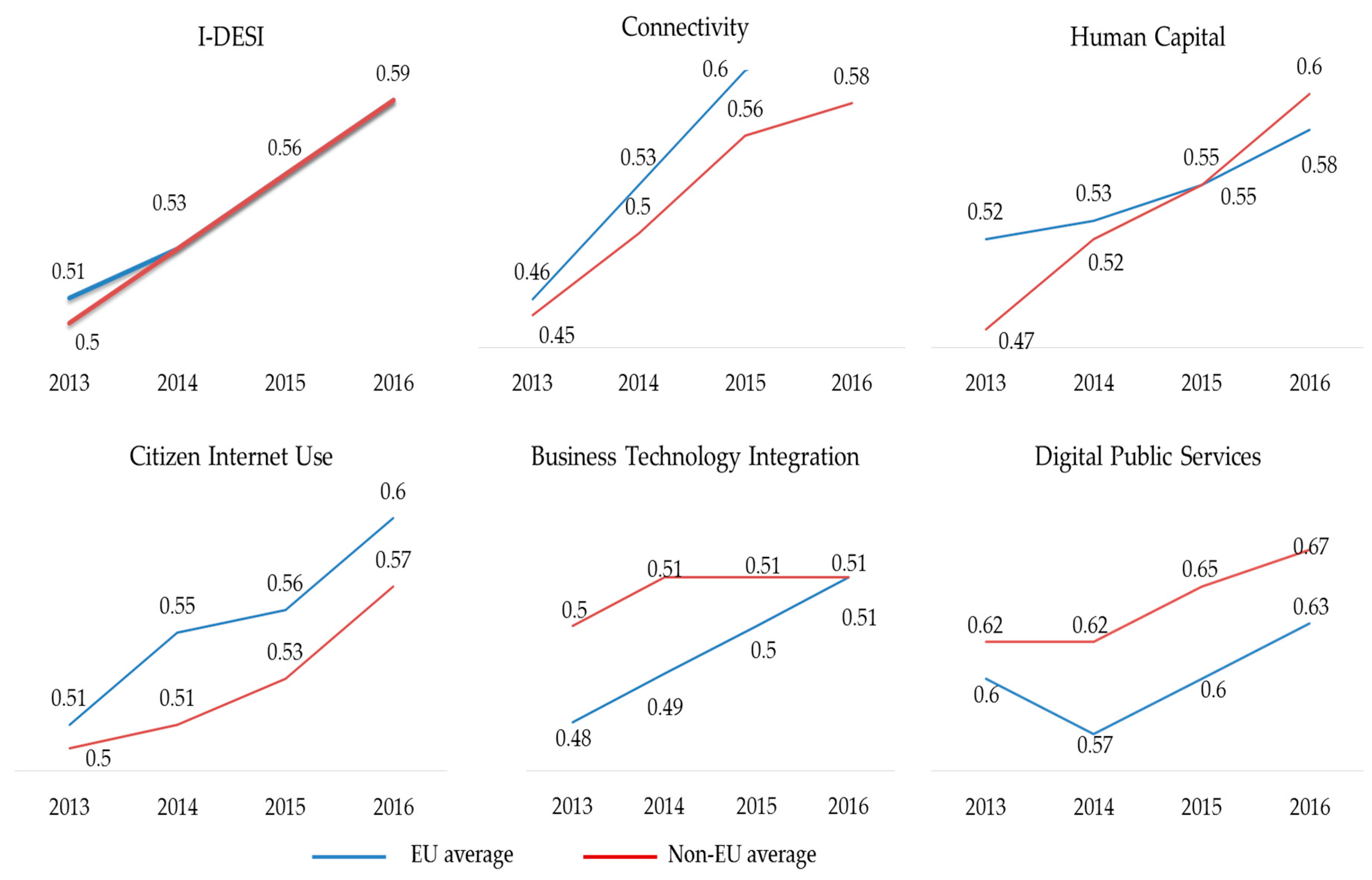
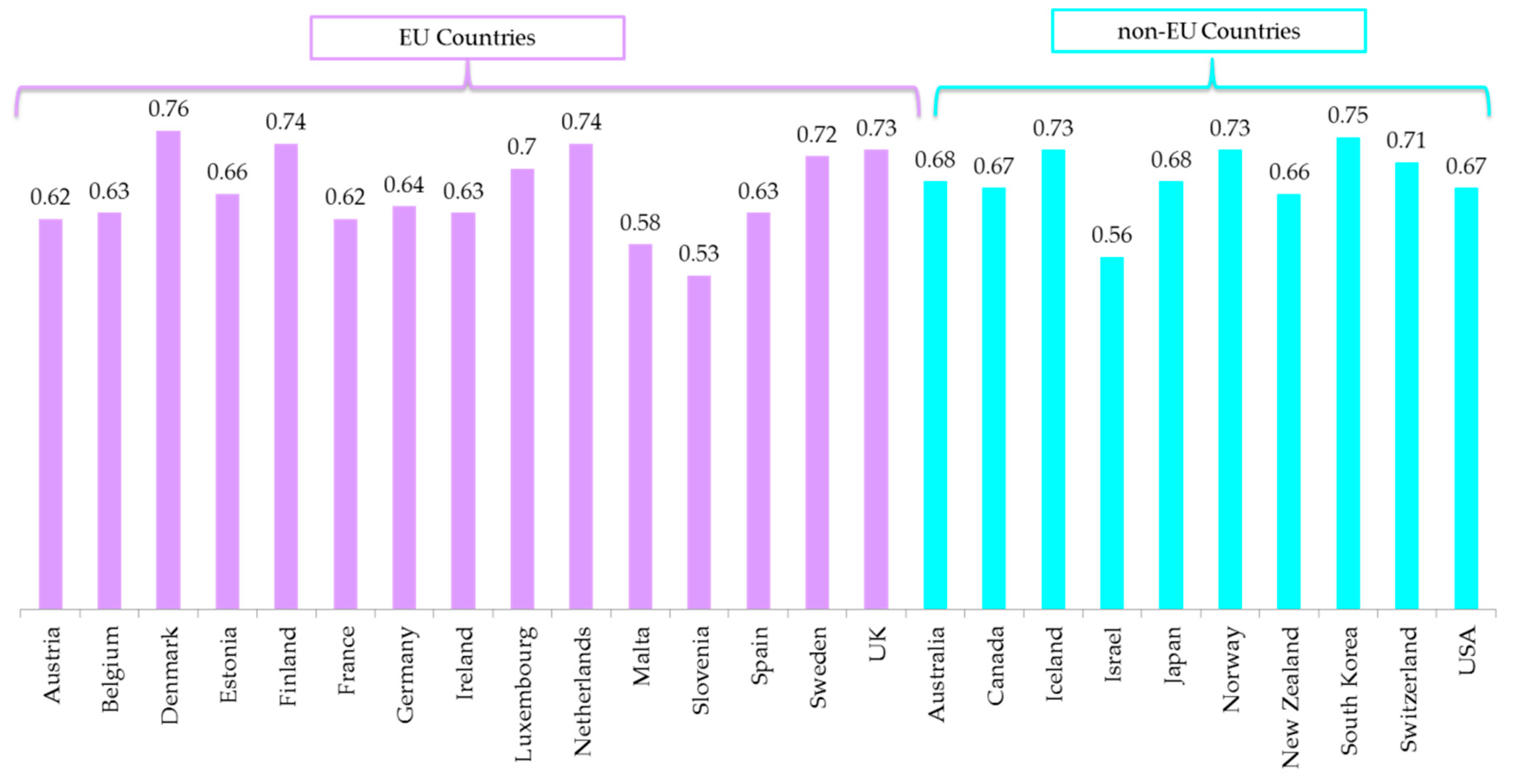
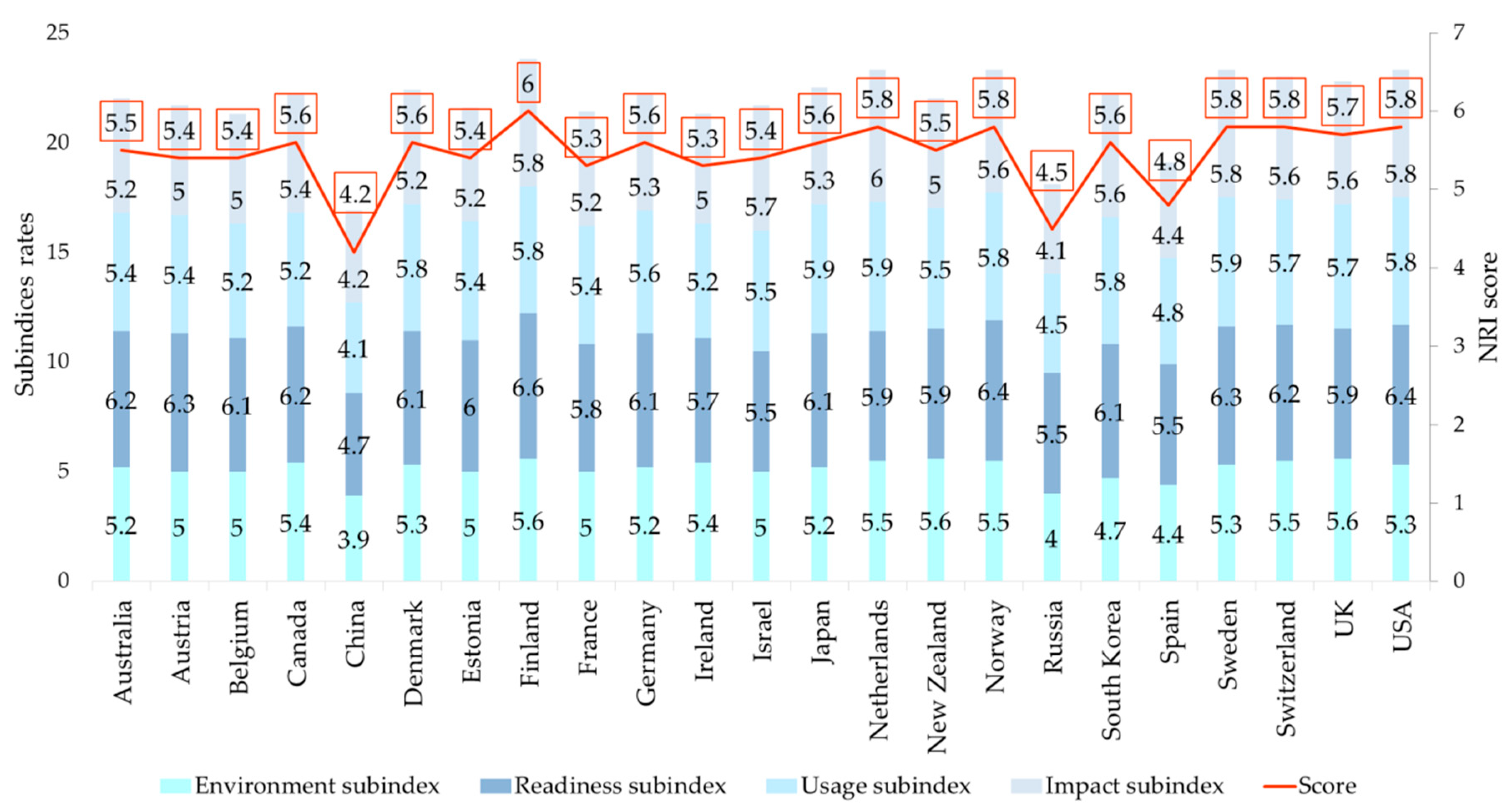
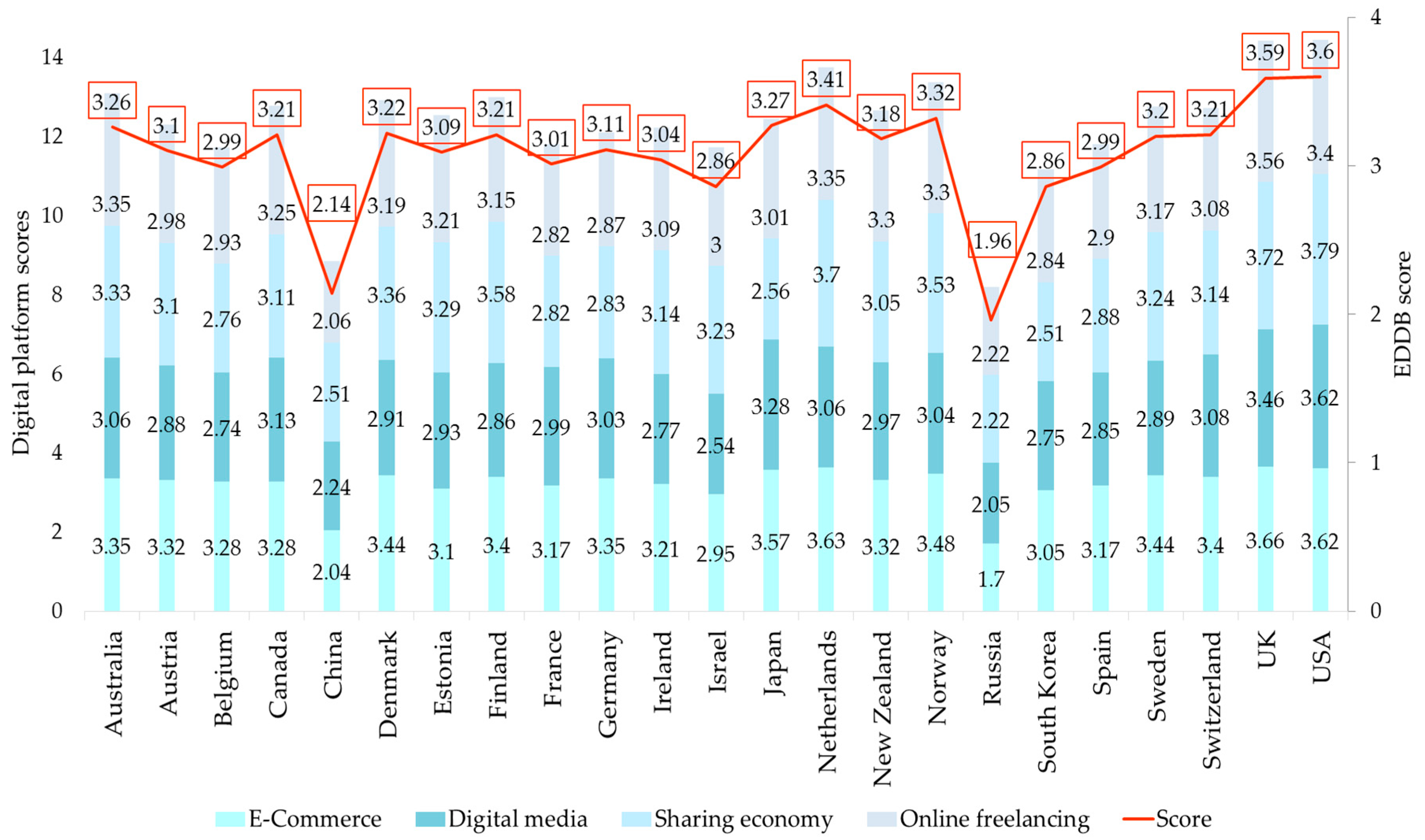
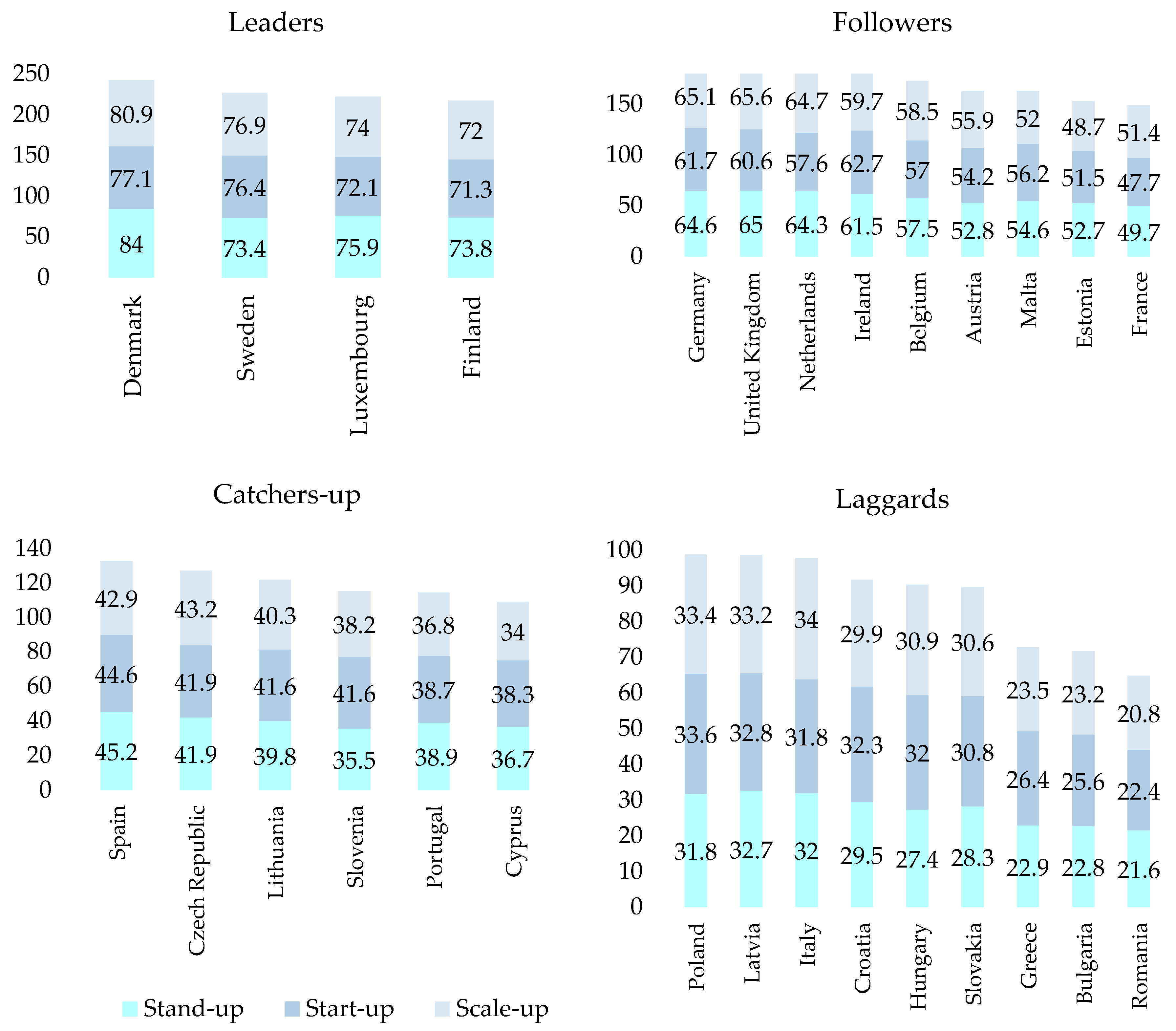

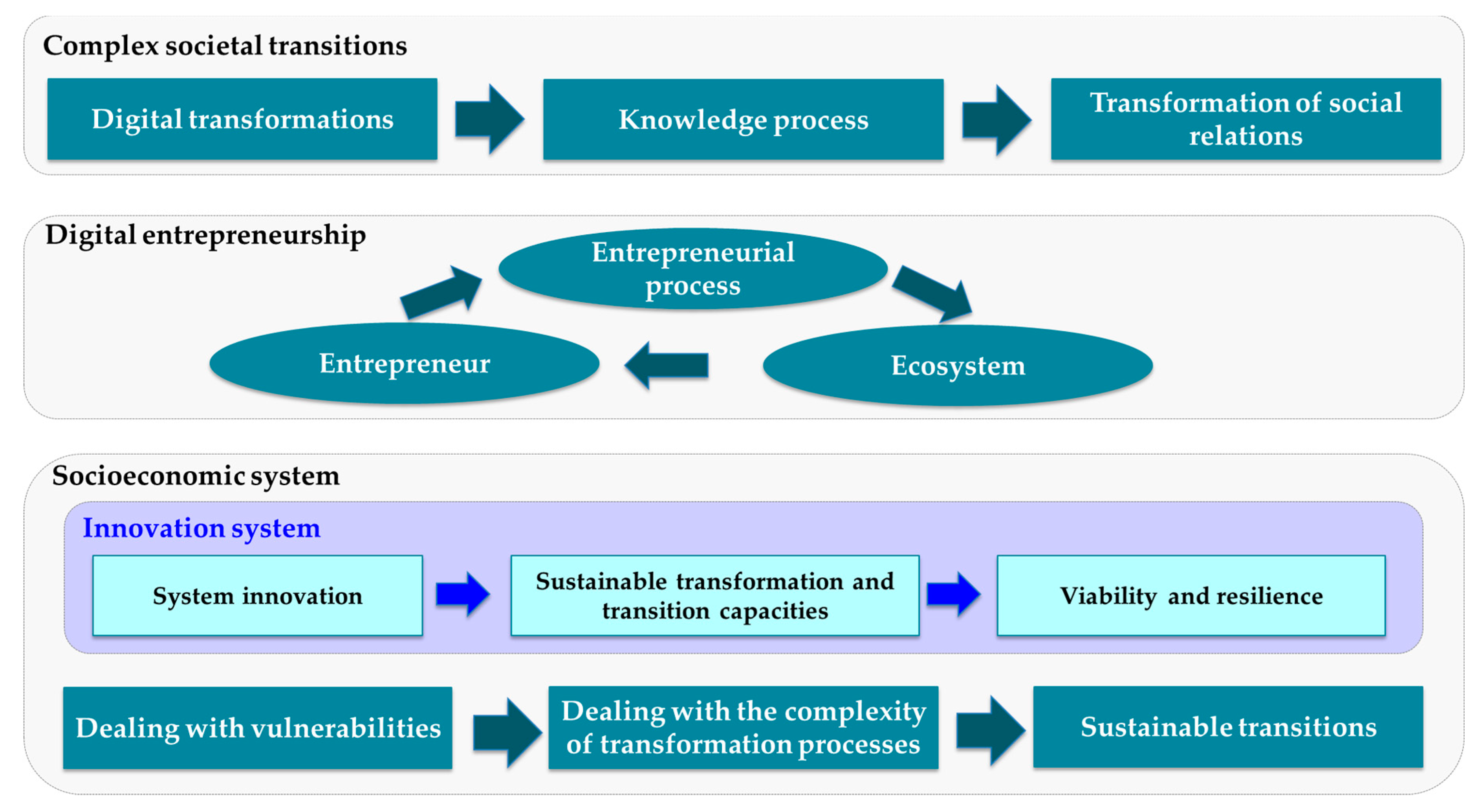
| Dimensions | Determinants |
|---|---|
| Entrepreneur | Determinant 1: Personal characteristics and competences
|
Determinant 2: Decision-making and bounded rationality
| |
Determinant 3: Personal outcomes
| |
| Entrepreneurial Process | Determinant 4: Prerequisites for digitalization
|
Determinant 5: Dynamic shifts in the transformation of business
| |
Determinant 6: Digital business model innovation
| |
Determinant 7: Digital business affordances
| |
| Ecosystem | Determinant 8: Regional digital business environment
|
Determinant 9: Digital business infrastructure
| |
Determinant 10: Collaboration and social values
|
| Source | Indicators |
|---|---|
| European Commission Reports | |
| Foley, P.; Sutton, D.; Wiseman, I.; Green, L.; Moore, J. (2018). International Digital Economy and Society Index 2018. European Commission. |
|
| Autio, E.; Szerb, L.; Komlósi, É.; Tiszberger, M. (2018). The European Index of Digital Entrepreneurship Systems (EUR 29309 EN). Publications Office of the European Union. https://ec.europa.eu/jrc/en/publication/european-index-digital-entrepreneurship-systems |
|
| OECD | |
| Organisation for Economic Co-operation and Development. (2017). OECD Digital Economy Outlook 2017. OECD Publishing. https://doi.org/10.1787/9789264276284-en | Various indicators that show trends in:
|
| Organisation for Economic Co-operation and Development. (2017). Entrepreneurship at a Glance 2017. OECD Publishing. https://doi.org/10.1787/entrepreneur_aag-2017-en |
|
| Official webpage: OECD. Stat Services Trade Restrictions: https://stats.oecd.org/?datasetcode=STRI_DIGITAL |
|
| The Fletcher School, Tufts University | |
| Chakravorti, B.; Bhalla, A.; Chaturvedi, R.S. (2017). Digital Planet 2017. How Competitiveness and Trust in Digital Economies Vary Across the World. The Fletcher School, Tufts University. |
|
| Chakravorti, B.; Chaturvedi, R.S.; Fillpovic, C. (2019). Ease of Doing Digital Business 2019. Which Countries Help Expedite Entry, Growth, and Exit of Technology-Based Businesses? The Fletcher School, Tufts University. |
|
| United Nations Reports | |
| Nations Conference on Trade and Development. (2019). Digital Economy Report 2019: Value Creation and Capture: Implications for Developing Countries. S.l.: UNITED NATIONS | Various indicators that show trends in:
|
| World Economic Forum | |
| Baller, S.; Dutta, S.; Lanvin, B. (2016). The Global Information Technology Report 2016: Innovating in the Digital Economy. http://www.deslibris.ca/ID/10090686 |
|
| Eurostat | |
| Database (Official webpage: https://ec.europa.eu/eurostat/data/database) | Topic—“Science, technology, digital society” Subtopic—“Digital economy and society”:
|
| Eurostat Statistics Explained Category Digital economy and society Statistical article “Digital economy and society statistics—enterprises” (see https://ec.europa.eu/eurostat/statistics-explained/index.php?title=Digital_economy_and_society) | Various indicators in topics:
|
| Countries | Index Score |
|---|---|
| I. Leaders | 75.7 |
| Denmark | 80.7 |
| Sweden | 75.6 |
| Luxembourg | 74.0 |
| Finland | 72.4 |
| II. Followers | 52.3 |
| Germany | 63.8 |
| United Kingdom | 63.7 |
| Netherlands | 62.2 |
| Ireland | 61.3 |
| Belgium | 57.6 |
| Austria | 54.3 |
| Malta | 54.3 |
| Estonia | 51.0 |
| France | 49.6 |
| III. Catchers-up | 38.4 |
| Spain | 44.2 |
| Czech Republic | 42.3 |
| Lithuania | 40.6 |
| Slovenia | 38.4 |
| Portugal | 38.1 |
| Cyprus | 36.3 |
| IV. Laggards | 29.4 |
| Poland | 32.9 |
| Latvia | 32.9 |
| Italy | 32.6 |
| Croatia | 30.6 |
| Hungary | 30.1 |
| Slovakia | 29.9 |
| Greece | 24.4 |
| Bulgaria | 23.9 |
| Romania | 21.6 |
| Indicator Sets | Digital Entrepreneurship | |||||||||
|---|---|---|---|---|---|---|---|---|---|---|
| Entrepreneur | Entrepreneurial Process | Ecosystem | ||||||||
| Personal Characteristics and Competences | Decision-Making and Bounded Rationality | Personal Outcomes | Prerequisites for Digitalization | Dynamic Shifts in the Transformation of Business | Digital Business Model Innovation | Digital Business Affordances | Regional Digital Business Environment | Digital Business Infrastructure | Collaboration and Social Values | |
| Digital Evolution Index (DEI) | ||||||||||
| Access infrastructure | ||||||||||
| Transaction infrastructure | ||||||||||
| Fulfillment infrastructure | ||||||||||
| Consumer capacity to engage | ||||||||||
| Digital payment uptake | ||||||||||
| Digital uptake | ||||||||||
| Institutions and the business environment | ||||||||||
| Institutions and the digital ecosystem | ||||||||||
| Institutional effectiveness and trust | ||||||||||
| Inputs | ||||||||||
| Process | ||||||||||
| Outputs | ||||||||||
| Digital Trust (DT) | ||||||||||
| Behavior | ||||||||||
| Attitudes | ||||||||||
| Experience | ||||||||||
| Environment | ||||||||||
| International Digital Economy and Society Index (I-DESI) | ||||||||||
| Connectivity | ||||||||||
| Human capital | ||||||||||
| Citizen use of Internet | ||||||||||
| Business technology integration | ||||||||||
| Digital pubic services | ||||||||||
| Network Readiness Index (NRI) | ||||||||||
| Political and regulatory environment | ||||||||||
| Business and innovation environment | ||||||||||
| Infrastructure | ||||||||||
| Affordability | ||||||||||
| Skills | ||||||||||
| Individual usage | ||||||||||
| Business usage | ||||||||||
| Government usage | ||||||||||
| Economic impacts | ||||||||||
| Social impacts | ||||||||||
| Ease of Doing Digital Business (EDDB) | ||||||||||
| E-commerce platform | ||||||||||
| Digital media platform | ||||||||||
| Sharing economy platform | ||||||||||
| Online freelance platform | ||||||||||
| European Index of Digital Entrepreneurship Systems (EIDES) | ||||||||||
| Culture and informal institutions | ||||||||||
| Formal institutions, regulation, and taxation | ||||||||||
| Market conditions | ||||||||||
| Physical infrastructure | ||||||||||
| Human capital | ||||||||||
| Knowledge creation and dissemination | ||||||||||
| Finance | ||||||||||
| Networking and support | ||||||||||
| 1 | —the relation of a subindex to a certain determinant. |
| Compound Indicator | Subindex | Range of Scales | Code for Correlation Matrix | ||||
|---|---|---|---|---|---|---|---|
| Digital Trust | Attitudes | [0;5] | A_DT | ||||
| Behavior | B_DT | ||||||
| Network Readiness Index | Skills | [1;7] | S_NRI | ||||
| Individual usage | IU_NRI | ||||||
| Business usage | BU_NRI | ||||||
| Infrastructure | I_NRI | ||||||
| International Digital Economy and Society Index | Human Capital | [0;1] | HC_I-DESI | ||||
| Business technology integration | BTI_I-DESI | ||||||
| Digital Evolution Index | – | [0;5] | DEI | ||||
| Ease of doing digital business | E-Commerce | [0;5] | EC_EDDB | ||||
| Digital media | DM_EDDB | ||||||
| Sharing economy | SE_EDDB | ||||||
| Online freelancing | OF_EDDB | ||||||
| 1 | —Ecosystem dimension | |
| —Entrepreneurial process dimension | ||
| —Entrepreneur dimension | ||
| —Entrepreneurial process and Ecosystem dimensions |
| A_DT | B_DT | S_NRI | IU_NRI | BU_NRI | HC_I-DESI | BTI_I-DESI | DEI | I_NRI | EC_EDDB | DM_EDDB | SE_EDDB | OF_EDDB | |
| A_DT | 1 | ||||||||||||
| B_DT | 0.105 | 1 | |||||||||||
| S_NRI | 0.003 | −0.217 ** | 1 | ||||||||||
| IU_NRI | −0.163 * | −0.459 ** | 0.582 ** | 1 | |||||||||
| BU_NRI | 0.082 | −0.345 ** | 0.686 ** | 0.749 ** | 1 | ||||||||
| HC_I-DESI | −0.187 ** | −0.314 ** | 0.486 ** | 0.650 ** | 0.275 ** | 1 | |||||||
| BTI_I-DESI | 0.04 | −0.242 ** | 0.602 ** | 0.715 ** | 0.772 ** | 0.272 ** | 1 | ||||||
| DEI | −0.050 | −0.342 ** | 0.676 ** | 0.866 ** | 0.846 ** | 0.574 ** | 0.844 ** | 1 | |||||
| I_NRI | −0.105 | −0.584 ** | 0.645 ** | 0.889 ** | 0.736 ** | 0.668 ** | 0.693 ** | 0.911 ** | 1 | ||||
| EC_EDDB | −0.196 ** | −0.31 ** | 0.611 ** | 0.791 ** | 0.769 ** | 0.423 ** | 0.799 ** | 0.883 ** | 0.810 ** | 1 | |||
| DM_EDDB | −0.28 ** | −0.412 ** | 0.455 ** | 0.639 ** | 0.660 ** | 0.194 ** | 0.663 ** | 0.743 ** | 0.712 ** | 0.903 ** | 1 | ||
| SE_EDDB | 0.012 | −0.026 | 0.479 ** | 0.563 ** | 0.482 ** | 0.190 ** | 0.673 ** | 0.647 ** | 0.534 ** | 0.717 ** | 0.679 ** | 1 | |
| OF_EDDB | −0.177 ** | −0.287 ** | 0.563 ** | 0.779 ** | 0.57 ** | 0.541 ** | 0.714 ** | 0.839 ** | 0.812 ** | 0.896 ** | 0.844 ** | 0.839 ** | 1 |
| 1 | —Ecosystem dimension | |
| —Entrepreneurial process dimension | ||
| —Entrepreneur dimension | ||
| —Entrepreneurial process and Ecosystem dimensions |
© 2020 by the authors. Licensee MDPI, Basel, Switzerland. This article is an open access article distributed under the terms and conditions of the Creative Commons Attribution (CC BY) license (http://creativecommons.org/licenses/by/4.0/).
Share and Cite
Satalkina, L.; Steiner, G. Digital Entrepreneurship: A Theory-Based Systematization of Core Performance Indicators. Sustainability 2020, 12, 4018. https://doi.org/10.3390/su12104018
Satalkina L, Steiner G. Digital Entrepreneurship: A Theory-Based Systematization of Core Performance Indicators. Sustainability. 2020; 12(10):4018. https://doi.org/10.3390/su12104018
Chicago/Turabian StyleSatalkina, Liliya, and Gerald Steiner. 2020. "Digital Entrepreneurship: A Theory-Based Systematization of Core Performance Indicators" Sustainability 12, no. 10: 4018. https://doi.org/10.3390/su12104018
APA StyleSatalkina, L., & Steiner, G. (2020). Digital Entrepreneurship: A Theory-Based Systematization of Core Performance Indicators. Sustainability, 12(10), 4018. https://doi.org/10.3390/su12104018





